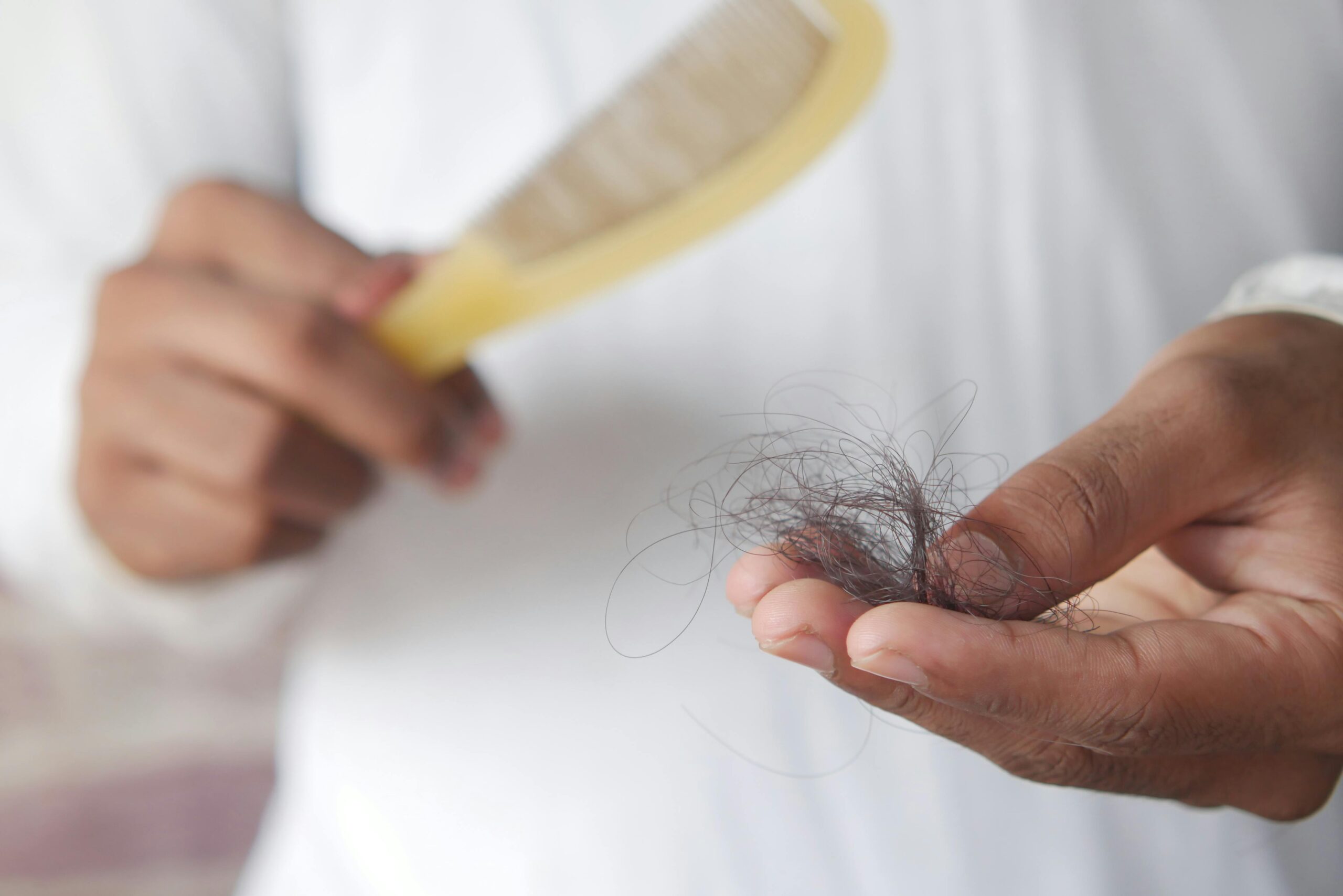According to a proof-of-concept case report, a novel artificial intelligence (AI) tool may improve the objectivity and precision of determining the severity of alopecia areata and the efficacy of treatment.
The authors claim that the gold standard for assessing hair loss in alopecia areata is currently the Severity of Alopecia Tool (SALT) score. However, the SALT score is rarely used in real clinical practice due to its high interrater variability and time-consuming nature. 2. Another method for identifying alopecia areata and monitoring treatment efficacy is trichotoscopy, which provides a closer look at the hair and scalp. However, it is not frequently utilised in clinical settings since it requires specialised equipment and examiner knowledge.
The care report’s new approach monitors and treats alopecia areata using an AI-powered assessment tool. The algorithm automatically determines the area of alopecia (AI-Area) to calculate an AI-SALT score.
The authors came to the conclusion that “this case shows a proof-of-concept for using an AI-based assessment tool to track and manage [alopecia areata].” “In this case of [alopecia areata], trichotography was utilised to identify early follicular regrowth, and artificial intelligence is utilised to compute precise alopecia areas, offering a quicker, more comprehensive, and impartial assessment of disease progression and treatment response.”
In the instance of a 47-year-old male patient receiving intralesional triamcinolone acetonide for a single alopecia areata patch, the AI tool generated a more sensitive and accurate evaluation than traditional manual methods. Specifically, the AI-SALT Score was able to detect the incremental progress between early visits, whereas the Manual-SALT Score was unable to do so.
“This patient’s alopecia was assessed using an AI tool that shows quick, simple, and easy-to-use AI-powered imaging via smartphone to precisely and objectively quantify alopecia for clinical evaluation,” the researchers wrote. Additionally, the percentage change of alopecia area provides a more sensitive and accurate assessment than the human SALT approach, as demonstrated by the higher decimal-level precision of the AI-SALT scores.
This enhanced sensitivity has a direct effect on patient adherence and overall management value. Subjective observations revealed that the patient was considering discontinuing treatment at the 8-week mark due to the lack of noticeable improvement. However, the objective data from the AI tool, which demonstrated clear progress, and the trichoscopic images, which demonstrated hair regrowth, encouraged the patient to continue treatment. This demonstrates how the tool can improve outcomes and ensure ongoing adherence when therapy is successful.
One significant aspect of the example, according to the authors, is that it shows how the AI tool can generate objective, standardised documentation. In order to authorise costly treatment reimbursement, insurers often require accurate SALT scores and other specific evidence of disease severity. By offering rapid, easy, and incredibly accurate quantification, this AI-based method can provide the verifiable metrics needed to satisfy coverage criteria, potentially reducing administrative burden and accelerating patient access to care.
According to the authors, “we are starting to integrate these tools into our daily clinical practice, and AI tools are being used more and more to assess skin disorders today.” “In this case, the use of AI enabled more accurate patient involvement and monitoring, suggesting the potential for improved care through specialised and informed [alopecia areata] management.”
They noted that the method had limitations, especially when it came to androgenetic alopecia, which does not exhibit obvious areas of hair thinning. They claim that measuring individual hairs or follicular units using trichoscopy in combination with AI evaluation improves assessment. Furthermore, the AI-SALT score’s utility should be verified in a variety of populations, outside of single-patch cases, and in cases of more severe or pervasive alopecia.
According to the authors, “here, we present a proof-of-concept for integrating AI tools in clinical settings to assess and monitor AA” to show the capacity to deliver objective and accurate data that informs treatment decisions and patient involvement. “This is a proof-of-concept used on one patient; additional validation is needed to ensure broader applicability.”
